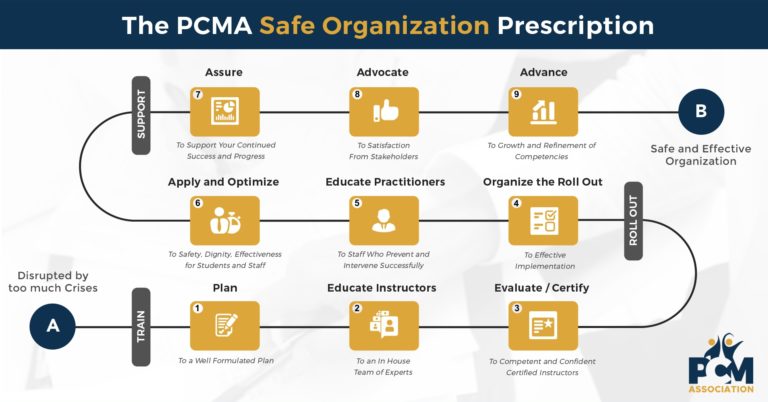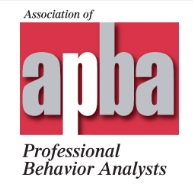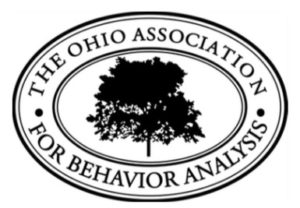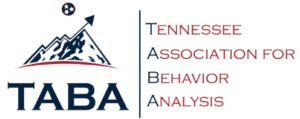Reduce Staff Turnover
Here are some actual remarks that potential PCMA members told us before they joined us:
“The constant feeling of having to walk on eggshells, or, the constant pressure to be a cop that must physically enforce the law. Even worse, some of us are afraid, as some people can be extremely violent. We all feel drained.”
...
“I did not sign up for this, I am a teacher, not a cop”
...
And many similar remarks like these. What they had in common was that stress levels had risen so high that too many of their colleagues started to leave for that reason.
One of the negative results of a failing crisis intervention system is high staff turnover. Most organizations severely underestimate the true costs of high staff turnover
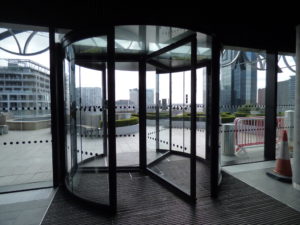
The Human cost
The costs of the high turnover can be looked at from both a monetary perspective, and a Human perspective. What price do you put on the anxiety, the sleepless nights, and the errors made because of all the stress the employee that finally decides ‘enough is enough’ was under? And how about the added stress levels for those who stay? The strain caused by injured students / residents? The implications of students / residents fighting with others in the same group? What costs do you assign to the psychological aspect of a staff member that was beaten up and now fears to enter the same room as the aggressor?
The monetary side of employee turnover.
Employee turnover cost from a monetary perspective is usually defined as the cost to hire a replacement employee and train that replacement. Often the training costs only count those to get the new employee productive, but they should include all the costs of getting the new employee to the same level of productivity as the employee who left. These costs include both direct costs like the fee paid to a recruiter to find candidates for you, as well as indirect costs like the business you lost because you didn't have the capacity to handle it all while you were short-staffed. Generally, the higher your turnover rate, the higher both your direct and indirect costs will be. And as the turnover rate increases, the costs will increase faster.
High turnover is clearly a disruption to an organization.
What does science say the real monetary number is? A paper from the Center for American Progress, citing 11 research papers published over a 15-year period, determined that the average economic cost to a company of turning over a highly skilled job is 213% of the cost of one year’s compensation for that role.
Let's simplify that a bit. Take an employee that costs about $45,000 a year in compensation. Turnover costs of that employee is than over $100,000
